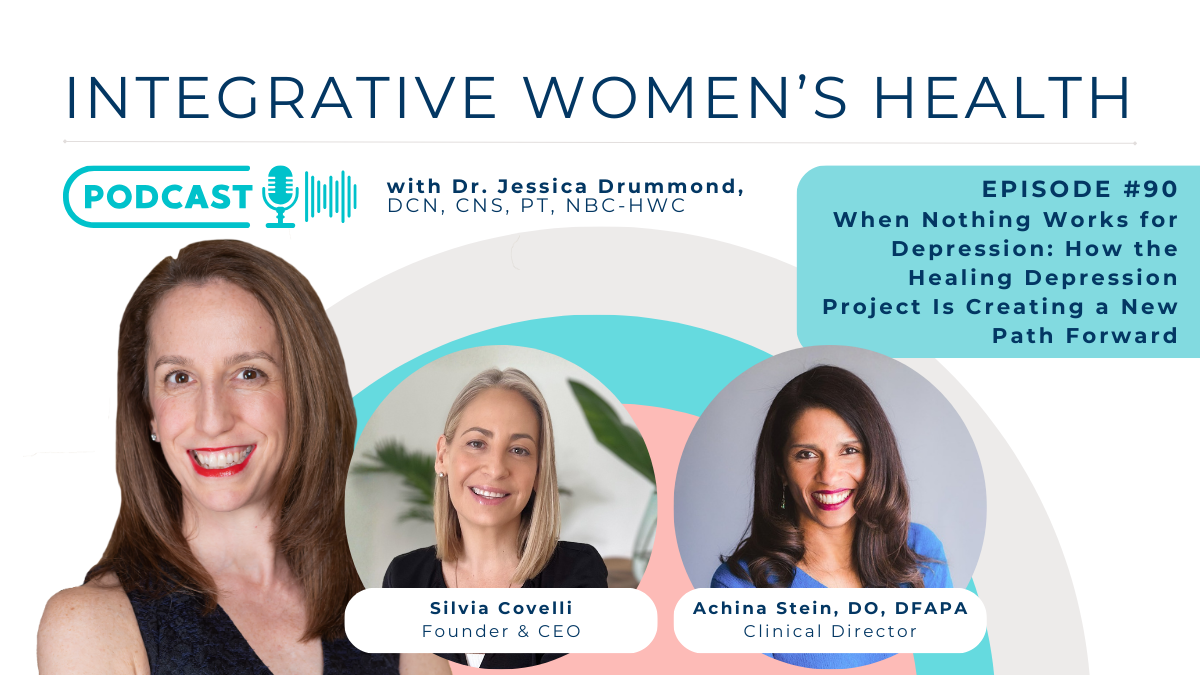Patient compliance is one of the most difficult areas of your practice to improve.

“My patients seem to want to get better, so why aren’t they doing their home exercises, taking their supplements, eating gluten-free, giving up sugar, or going to bed by 10 pm?”
I was working as a women’s health specialist physical therapist, working with a client struggling with postpartum back pain. It was 4 pm on a Tuesday. I walked into the treatment room to see her, the last patient of the day. I asked her, “How are you feeling since your last visit?” “Oh, about the same,” she replied.
“Did you do the exercises that we discussed last time?” I asked.
“Oh, those. I didn’t have time, and I wasn’t sure if I was doing them right. So, I decided to start them after I talked to you again.”
Sound familiar?
If you’re a physical therapist, occupational therapist, fitness professional, nutritionist, physician, nurse, chiropractor, naturopathic physician, or any other health or wellness professional, you have probably experienced your patients struggling to implement the nutrition, exercise, supplement, medication, or other lifestyle recommendations that you give to them at each visit.
I used to chalk this struggle up to “lack of patient compliance.” I figured she simply didn’t do her exercises because she simply didn’t care that much about getting better, or that she wasn’t feeling that badly. I figured that if she really wanted to heal, she would just commit to doing her exercises, and that there was nothing that I could do to force her to do them.
If she didn’t really want to get better, that’s ok. She’s an adult. It’s up to her.
But, what if I was missing a key piece to the puzzle of helping her heal?
I was.
I did not understand the tools of health coaching, and how to use them to improve my patients’ compliance with ease.
Today, I absolutely understand and take responsibility for my role in helping my patients succeed in reaching their health goals. Surprisingly, this missing piece had nothing to do with my clinical knowledge. I was making good, evidence-based, and usually reasonable clinical recommendations to my patients. But, I was not supporting them to take ownership and get excited about following those recommendations.
I was making good skilled recommendations. I was clearly educating my patients on how to implement those recommendations at home. But, I was not coaching them to actually follow the recommendations.
Today I take a very different approach to patient compliance. An approach that leads with health coaching.
What do I do differently now to support my clients to take responsibility for and get excited about doing what it takes to hit their health goals?
First of all… I have a new definition of Patient Compliance.
My new definition of patient compliance is matching my patient’s expectations of her effort with her ability and desire to achieve her health goals.
You can have great patient compliance in your practice too.
The 5 steps to having great patient compliance in your practice.
Step 1: Spend the first 3-10 minutes (depending on how much time you have with your patient) mindfully listening.
Mindful listening requires that you listen without distraction, judgment, looking for pattern recognition, or internal dialog. This is challenging and takes practice. However, developing your own mindfulness practice will make this easier.
Three or more minutes of mindful listening per patient visit is essential to building the trust required to collaborate with your patient in a way that will improve your compliance.
But, if your practice is very busy, and you can’t give any more than the minimum of 3-5 minutes per session, I strongly recommend that you hire a health coach to work in your practice or refer your patients to also work with a health coach who can create far more space to mindfully listen and go deeper to explore your patient’s limiting beliefs and other potential barriers to change.
Step 2: Spend adequate time with each patient envisioning what her life will look like if she makes the difficult health behavior changes consistently over time to fully detail what her health goals are.
Each patient needs to be clear on what her goals are for why she wants to be healthy. Alternatively, explore what her life will be like if she does not make the necessary changes, consistently and for the long term, to change her health for the better.
Having a clear vision of what great health looks like for her (not what your goals are for her) is essential to making sure that you’re working together to move in the direction of what she really wants and cares about.
Then, take that grand vision, and break it down into actionable steps and SMART goals. Each week she should be making progress, even in small ways, to continue to stoke the fires of her motivation.
Step 3: Be continuously striving for excellence as a clinician.
When you make recommendations keep them focused and effective. So much of a patient’s lifestyle will contribute to optimizing her health – her nutrition, her movement patterns, her weekly fitness program, what medications and supplements she’s taking, her sleep hygiene, her belief system, etc. The more that you can learn about lifestyle medicine, fitness, nutrition, mindfulness, manual therapy, stress, support, sleep, and how other healthcare team members can help you to support each client, the more strategies, tools, and options you will be able to share with each patient.

Be a lifelong learner, and don’t be afraid to collaborate with other healers with the intention of giving each patient the best possible care.
Step 4: Explore your patient’s Web of Support and Safety before you hand her a page of recommendations.
In her real life, with the reality of her resources, support, and beliefs can she realistically follow through with the recommendations you agree on? Collaborate with her to navigate exactly how and when she will follow the recommendations within the reality of her life.
What are her fears?
Does she have enough childcare?
Is she financially stable enough?
Who can she ask for help?
Does she believe that she’s deserving of optimal health?
What is she willing to give up in order to create the time in her life to cook/ exercise/ sleep?
This is the meat of health coaching, and if you don’t collaborate with your patient to anticipate and address the barriers to change that she is most likely to encounter in her life, you will struggle with non-compliant patients.
Step 5: You are not everyone’s healer.
You have the ability to be a lifelong learner, collaborate with colleagues, and offer your patients the best care possible to your ability.
You can learn, practice, and improve your health coaching skills to better anticipate and support your clients to overcome their barriers to making health behavior change.
But, sometimes the problems that our clients face are more systemic. She may need to work three jobs just to survive. She may be living in a domestic violence situation, and refuse to take advantage of any of the resources for help that you have provided her. She may be living with food insecurity and is unwilling to address her own nutritional needs until she is able to satisfy those of her children. She may not be able to move out of her mold-infested apartment yet, because she can’t get a better job until she completes her education.
Part of our jobs as healers is to advocate for better systemic support for all women in our communities and countries – access to healthcare, nourishing food, education, and safety.
But, you are human too. And, you only have so much power in any given situation. I am cheering you on to move mountains when you can and to know when you have done enough.
You cannot do the work for her. You have to let go and give each patient autonomy over her healing experience, however winding or frustrating it may be.







